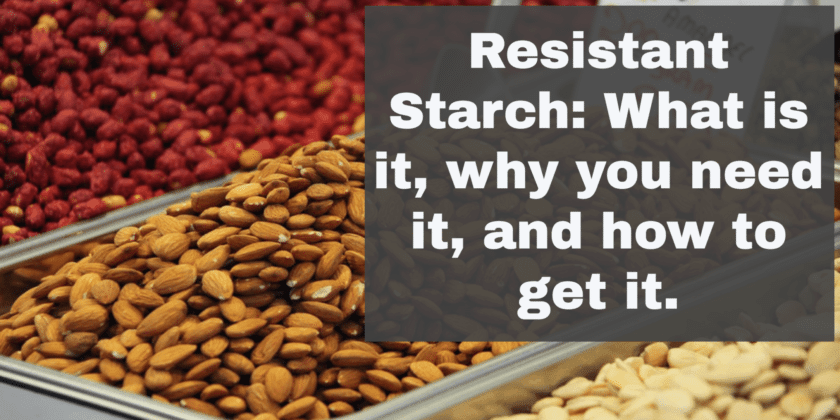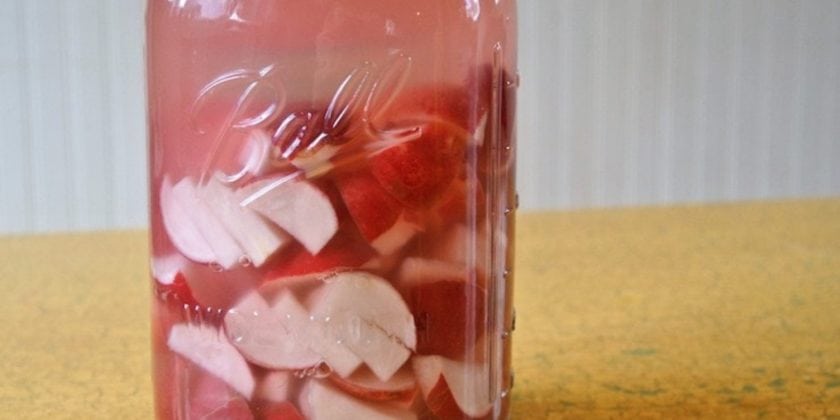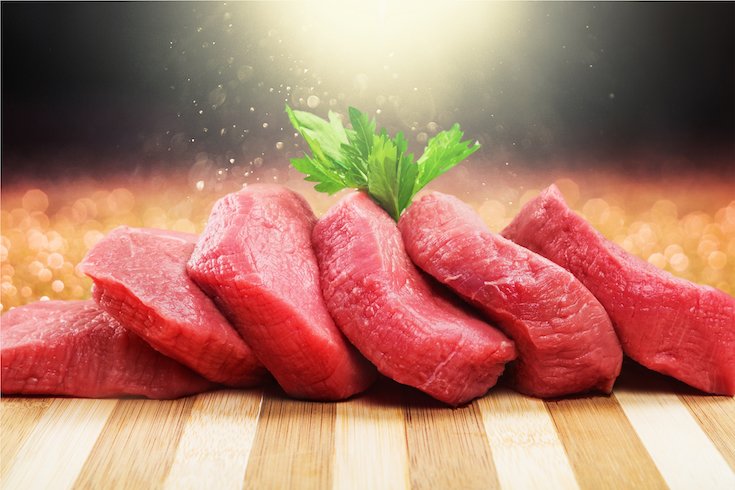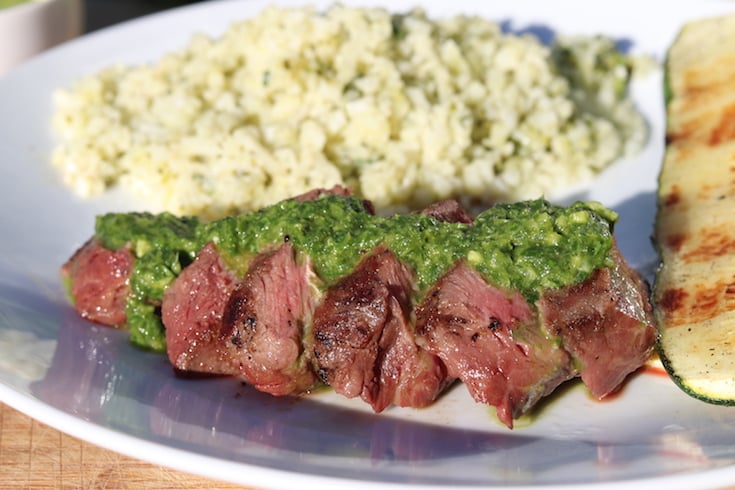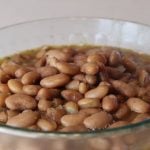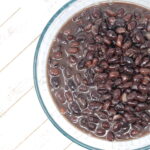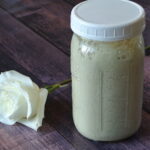Resistant starch (RS) is yet another area where the Standard American Diet (SAD) is lacking. Americans average just 3-9 grams of resistant starch a day. Whole foods, plant based diets in developing countries get around 30-40 grams per day. Some experts believe our paleo ancestors consumed about 135 grams per day by eating tubers, roots, medicinal tree barks, and other wild plant foods.
Why are we so deficient? Aside from not hunting and gathering and chewing on roots and barks along the way, we’ve also refined the resistant starch right out of our diet. We eat quick cooking rolled oats instead of whole or split oat groats soaked and cooked, we eat white bread instead of whole wheat sourdough, we eat meat, meat, and more meat, instead of seeds and legumes. You get the idea. Ok, so you get that we are lacking, right? Now let me tell you what resistant starch is, how it can help you, and how to get it without going out and munching on your trees.
WHAT IS RESISTANT STARCH (RS)?
RS is a type of fiber (carbohydrate) that doesn’t get digested. In other words, it “resists” being digested. Once it reaches the colon, the bacteria there “digest” it for you, thereby feeding an important part of your microbiome. Feeding these bacteria in your colon produces short chain fatty acids. (specifically butyrate, acetate, and propionate)
These short chain fatty acids:
- increase the blood flow to your colon
- slow the growth of pathogenic bacteria
- help you absorb minerals
- prevent you from absorbing toxic compounds
- increase the amount of nutrients circulating in your microbiome
What does all this translate to? Continue reading, my friend.
What Can resiStant starch do for you?
Feeding the bacteria in your colon with RS:
- Improves your digestion (It can help with IBS, constipation, diverticulitis, and ulcerative colitis.)
- Reduces your appetite thereby aiding in weight loss
- Balances blood sugar levels
- Can correct insulin sensitivity
- Improve your immunity
- Can give you more vivid dreams. Pretty awesome benefit if you ask me. (Go here if you want to learn more)
All this sounds great, right? So, where do you get this stuff?
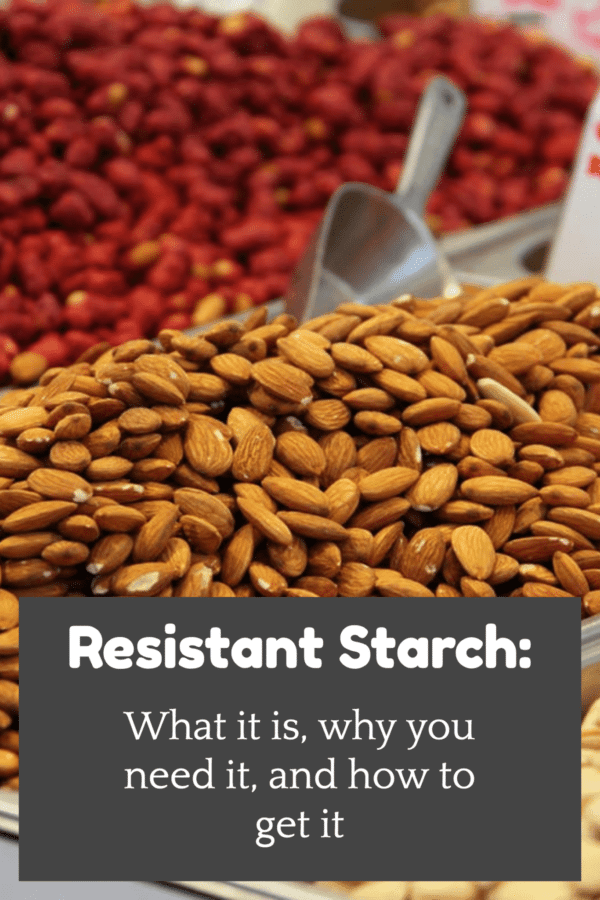
4 Types of Resistant Starch:
- Grains (whole wheat, brown rice, barley, etc.), seeds (sunflower, flax, buckwheat, etc.), legumes (beans, peas, lentils, etc.), and roots such as Tiger Nuts.
- Starchy fruits and vegetables such as unripe bananas, plantains, and raw potatoes. (You can buy these last two in powdered form, but I don’t recommend it.)
- Cooked and then cooled starches such as rice, potatoes, and bread. (Think sushi rice and potato salad.) AKA “retrograded starch”
- Man-made (yuck)
As always, the best way to get your resistant starch is through your diet, not supplementation. Our diet benefits greatly from variety! If you buy bags and bags of potato starch and add it to your water, yes, you will increase your resistant starch intake, but you will not only lose out on important vitamin/mineral combinations in other foods containing resistant starch, but also on different protective benefits from different types of resistant starch. Different types of resistant starch are thought to help different areas of the colon. Wow! Go here for more information.
Some of the ways we get our resistant starch in my family:
- Tiger nuts (alone for munching as snacks, Horchata de Chufa, and Tiger Nut “Corn” Bread)
- Whole wheat sourdough bread
- Sourdough pancakes/waffles (we do 1/3 whole wheat here
- Beans (usually in tacos, chilis, and soups)
- Add seeds to our soaked oatmeal or homemade cream of wheat/buckwheat (usually hemp or chia)
- Add seeds and/or green bananas to our kefir “shake”.
- Snack on nuts such as cashews and use homemade cashew butter.
- Kimchi and cooled white rice as a snack or light meal. This is an awesome combination, both for the taste and for the probiotics and resistant starch.
- Medicinal barks and roots (no, we don’t actually chew on tree bark, but we do make use of them such as in Slippery Elm Bark, Marshmallow Root and Licorice Decoction.)
Things to keep in mind
- Somewhere between 30-45 grams of RS is a good target
- RS is best increased slowly to avoid digestive discomfort
- It should be consumed as part of a regular meal
- It is best to consume RS in its whole food form
Do you get enough resistant starch? Are you going to try to increase your intake?

